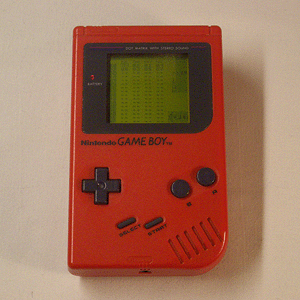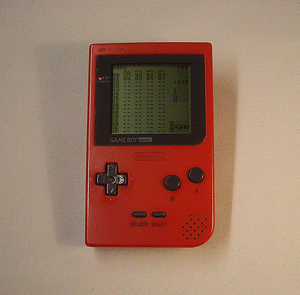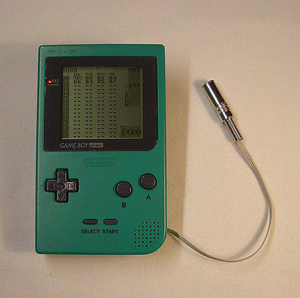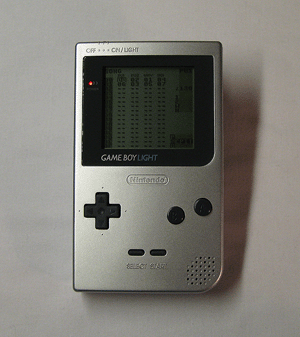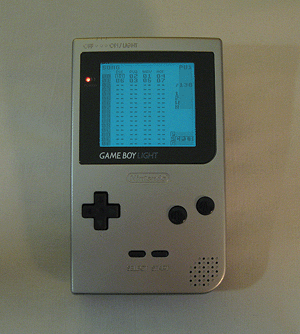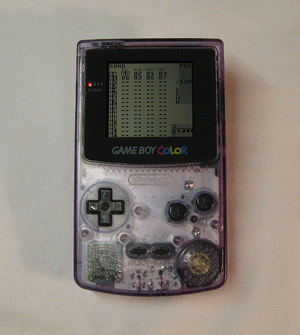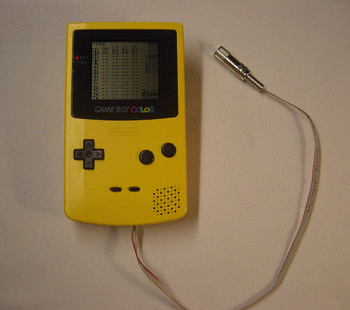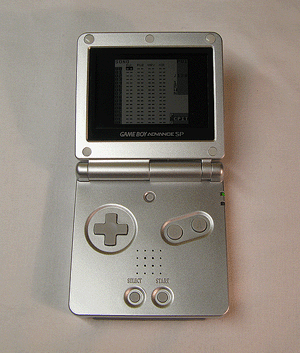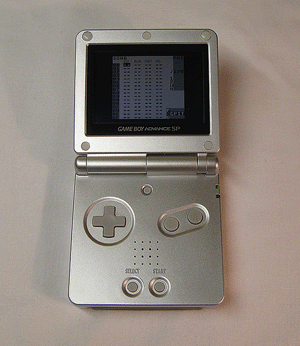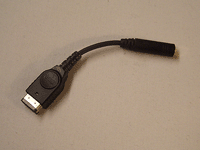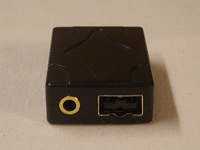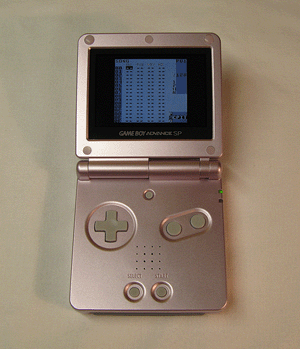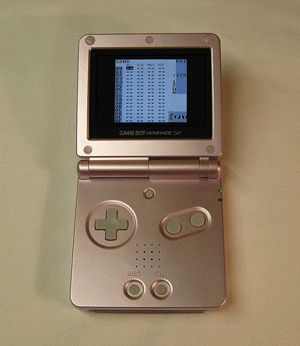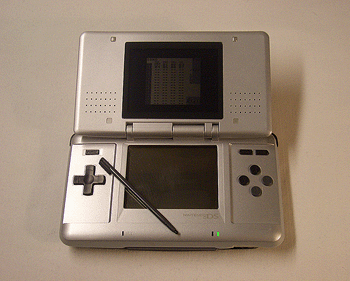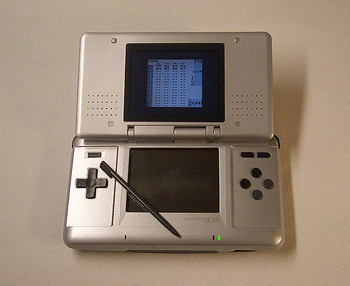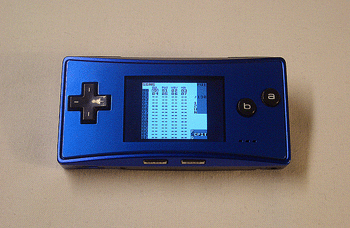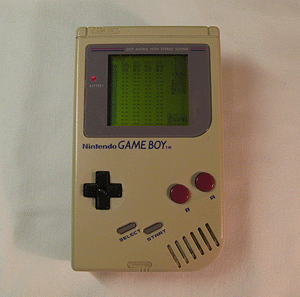
the original game boy. it was released in 1989. it has a warm, bassy sound, with little (compared to the other game boy models) background noise (hiss and a bit hum). the processor is a bit slow, which can be quite noticeable, depending on your music. in fact, with older lsdj versions, the game boy even crashed, when the music (esp. tables) became too complicated. newer lsdj versions are somewhat optimized for the game boy, so that it won't crash, but in some cases a lag can be noticeable. the display is not very readable, especially in darker surroundings. the waveform looks rather square-ish. this is the standard, against which the other models have to match.
plus: sound, retro feel
minus: display, slow processor
sound example of original game boy



